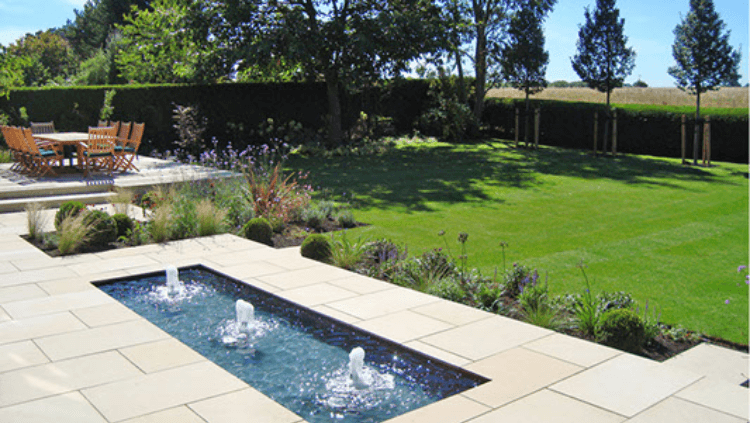5 Steps to your perfect garden design – Step 2, Defining the Overall Style
Thinking about the overall style or “design language” you want to use for your garden should be revealing and fun! We discuss this with clients all day long, and here have distilled some of the key points from our 700+projects to help you on your way.
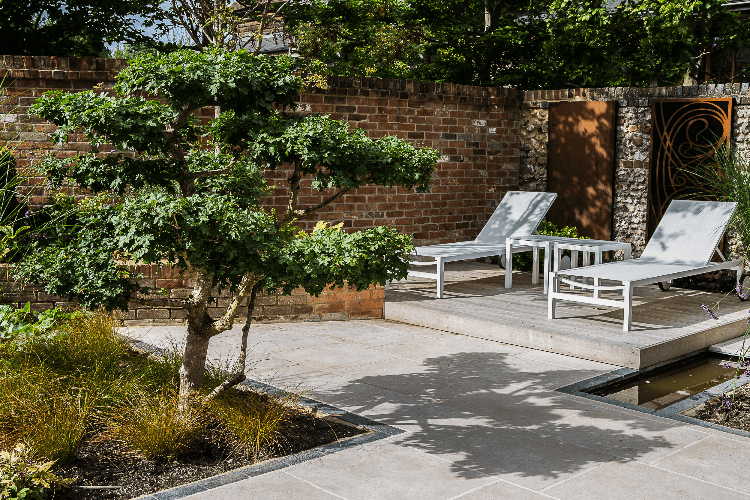
You may or may not have terms for what your style is – but one persons idea of contemporary or traditional is not necessarily someone else’s. My suggestion is to look at lots of photographs. Do a google search on gardens or contemporary/traditional/slick/urban gardens as strikes your fancy, or look on Houzz here for some great inspirational images.
Aim to pick some you like and some you don’t. If you are doing this with a partner, don’t worry if you disagree between yourselves – let us know that as well. It is our job as designers to find the intersection in your tastes and to create a design you both like, not yours to negotiate!
Tip 1- Anything is possible!
At this stage it is crucial that you don’t worry about what you think you can have – this is about aesthetics and fee l- choose images that you love. Don’t worry if they are overly grand (we won’t think you have delusions of grandeur!) or inconsistent. This is all about feel – it matters not a jot if you are picking images from stately homes….

…or African boutique hotels ….even if you have a small garden in Central London!
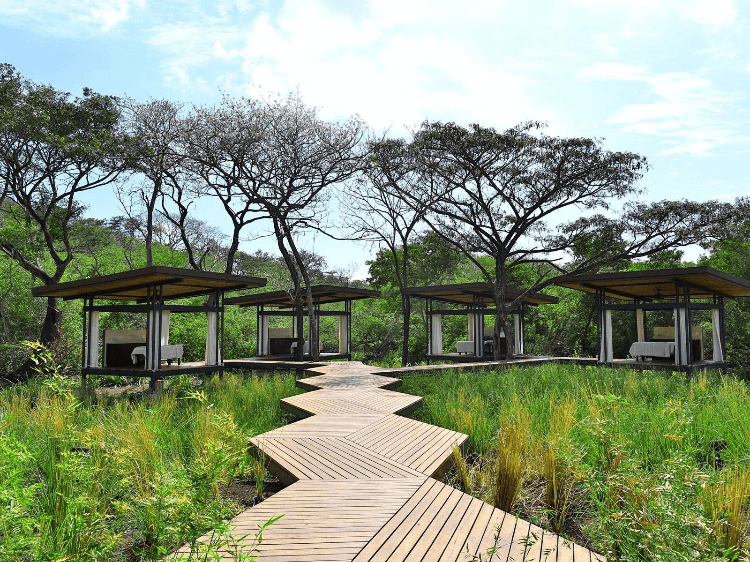
Inspiration doesn’t have to be from a garden – it can be from anywhere, but architecture is often useful ….such as this clean, achingly minimalist, cool and uncluttered space.
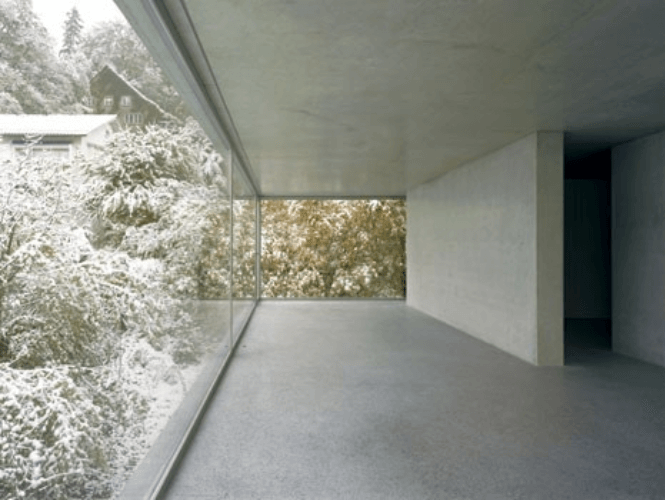
Setting is important, and whilst we have to work with yours, don’t miss out on images you like just because they are totally different.
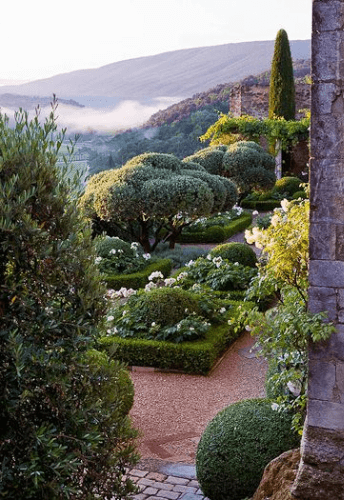
All are useful and you can begin to establish some themes from them.
Don’t worry if the gardens you like seem to be an unholy mix of styles (sizes, shapes, continents!). This is a chance for the designer to tease out what it is you like along a number of dimensions, and there are always common themes if you know what to look for
Tip 2- Order vs Disorder
Separating out what it is you like about certain images can take a bit of work, usually the most important is how organised and ordered you like the space to be. Are all the images you like ones with crisp edges, clean lines, neat planting and clipped shapes?
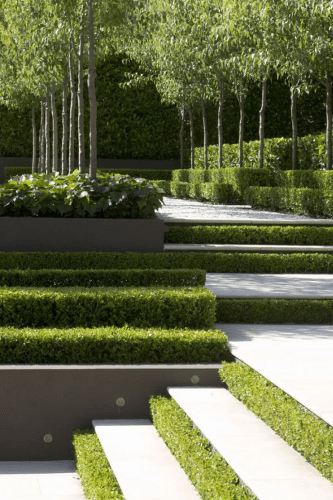
Even if there is some relaxed and vibrant planting, is this arranged in neat and contained spaces like this example with a perfectly crisp paved edge.

If you prefer straight lines do they need to be rectilinear or do you like angles..

If you prefer curves…. do you like them geometric and ordered..
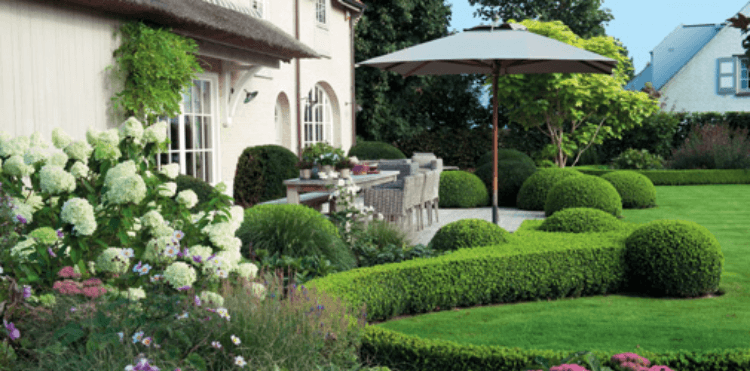
Open and spacious…
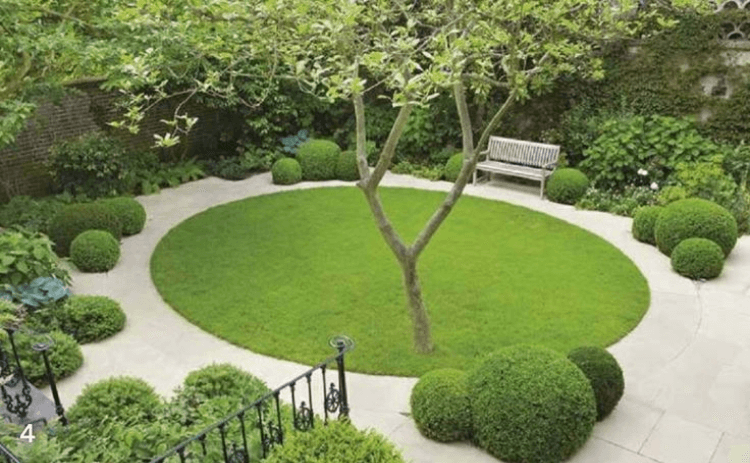
Or irregular and “naturalistic”

If you like things ordered, do you want them at the stark and sculptural end …..?
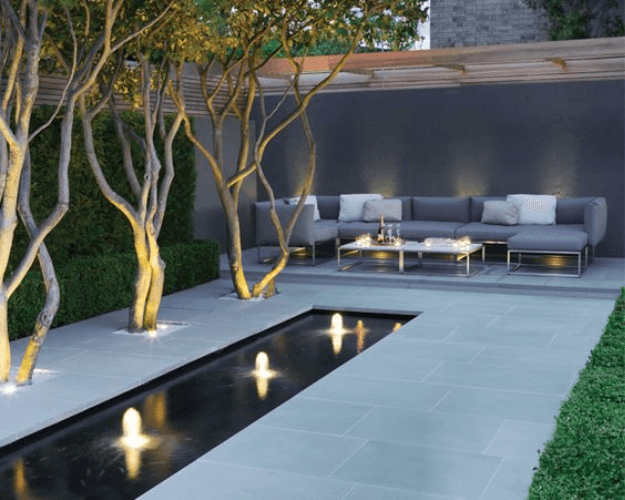
…or softer
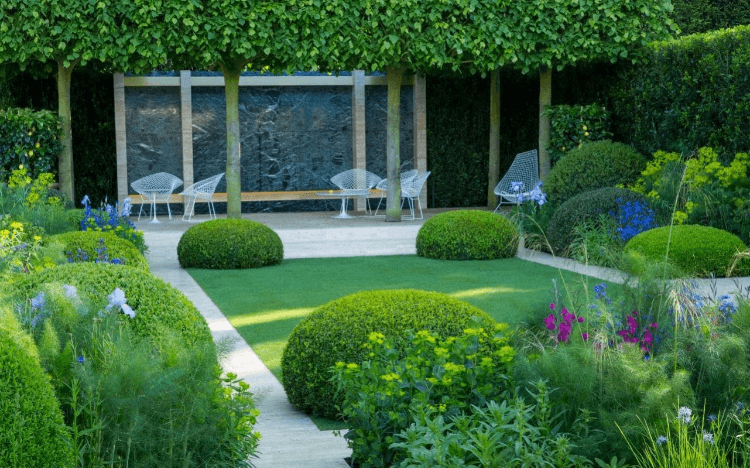
If you like structured approaches, do you love the simplicity of structure and texture…

Or do you prefer it to have more colour and variability to bring it to life….

You may like images that seem contradictory, but that is fine – it is most likely to be influenced by some of the other parts such as…
Tip 3- Enclosure vs Openness
A key way to think about space is whether you feel relaxed by seeing pretty much to the edges and like the sense of space that gives you, or prefer to feel enclosed in a smaller space (or series of spaces). In larger gardens one can accommodate more than one of these, but most people have a preference. The two gardens below are both very open in feel, if different…
Whereas these two are much more enclosed and intimate in scale, some of this is to do with sheer scale and planting density, but it is also about good use of proportion, mixed textures and enclosure.
Tip 5 – Don’t second guess!
Try hard to pick what you like and don’t like and not too much beyond that. For example, many people think they don’t want anything with lots of planting because it may be high maintenance (it needn’t be if the plants are chosen well, but that is a separate discussion!), this comes back to Tip 1- try not to constrain yourself by what you think you cant have- just go with it for the moment!
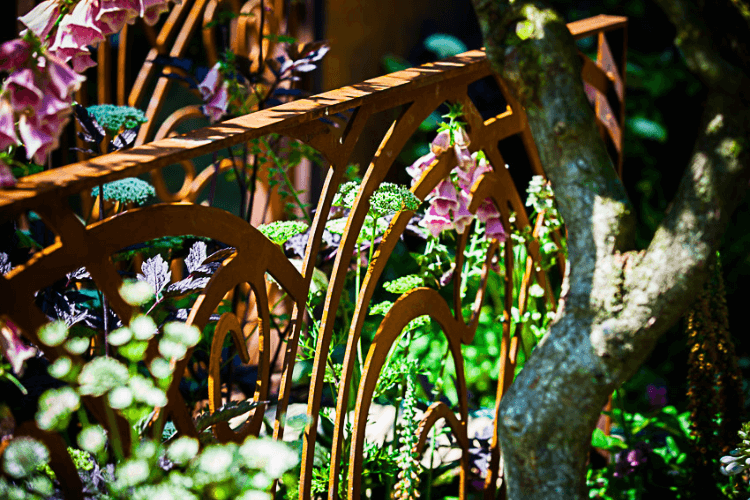
Armed with this knowledge you can get a good sense of the overall themes you want in the garden and how the space might be arranged before moving on to thinking about the specifics of the planting (probably my favourite bit!) and the structures, features and details.
In conceptual design terms you are putting together a “design language” for your garden, but I prefer to think of it as doing your homework in a most enjoyable way!
This is the second part of our series of Articles linked under- “5 steps to creating your dream garden”. Do browse for other blogs here on our news pages here
CGLA are an award winning team of Garden Designers, Landscape Architects, Landscapers and Garden Maintenance Operatives working in Buckinghamshire, London and the South East, as well as on prestigious design projects across the UK and abroad. We are currently working in Oman, Jersey and France, and welcome enquires for design, landscaping or garden maintenance. Contact us here
